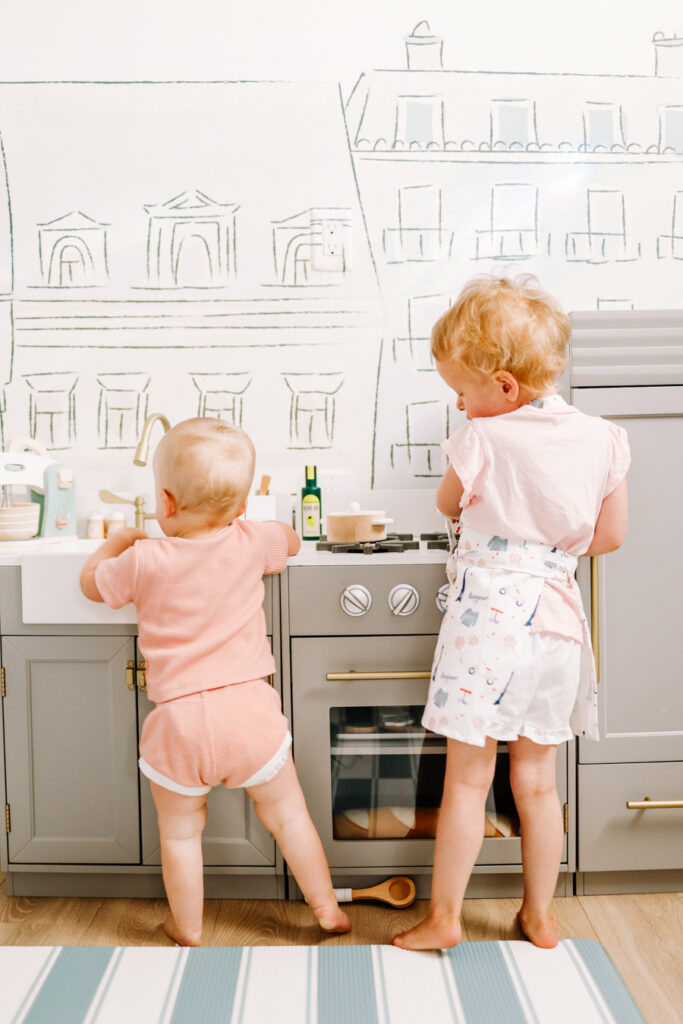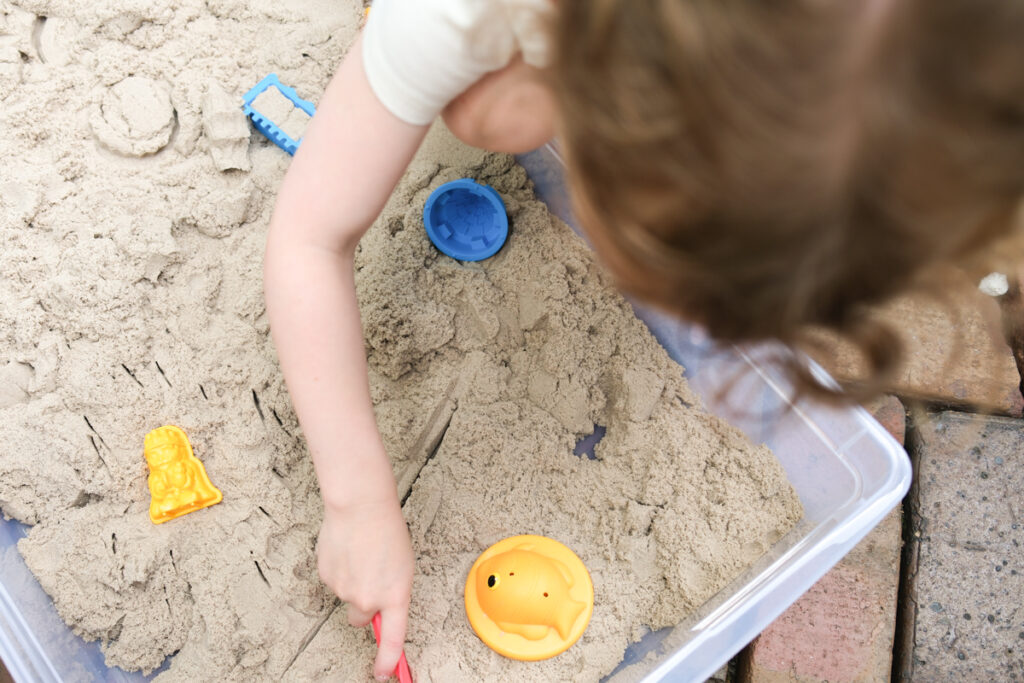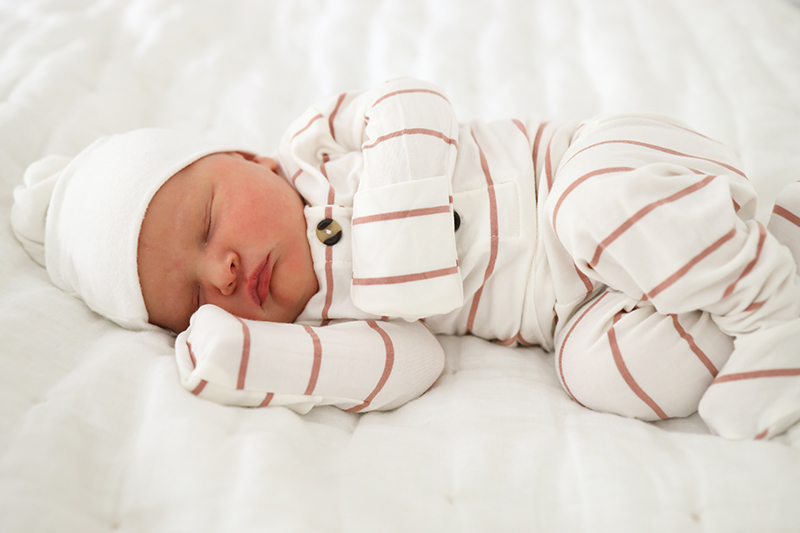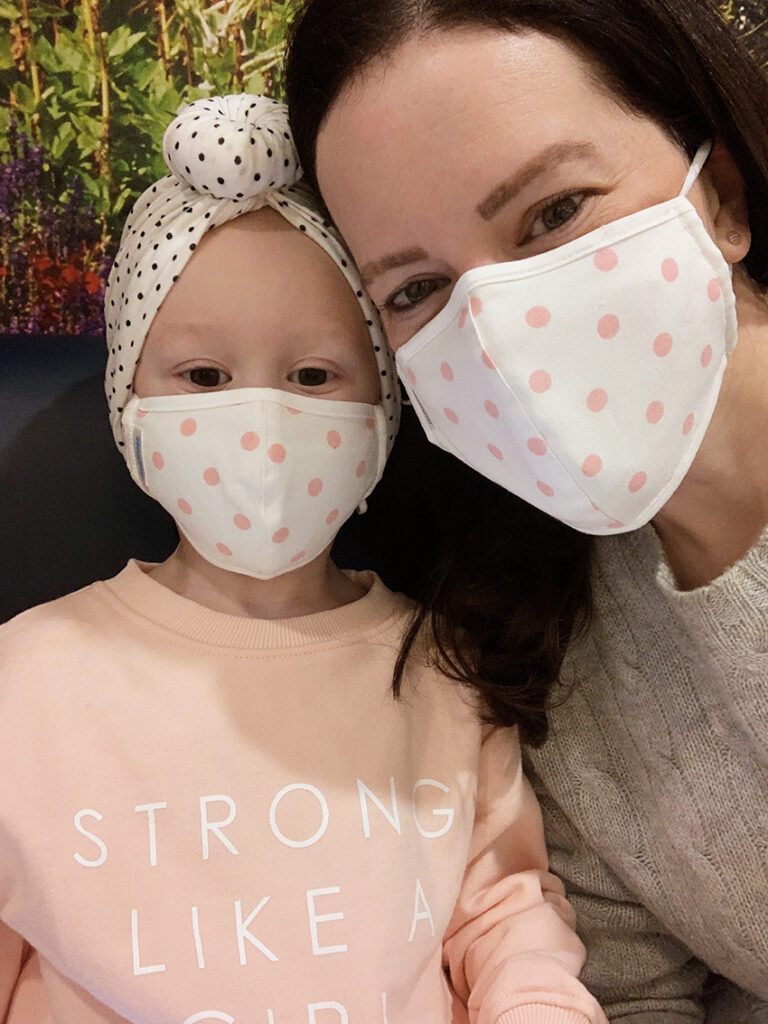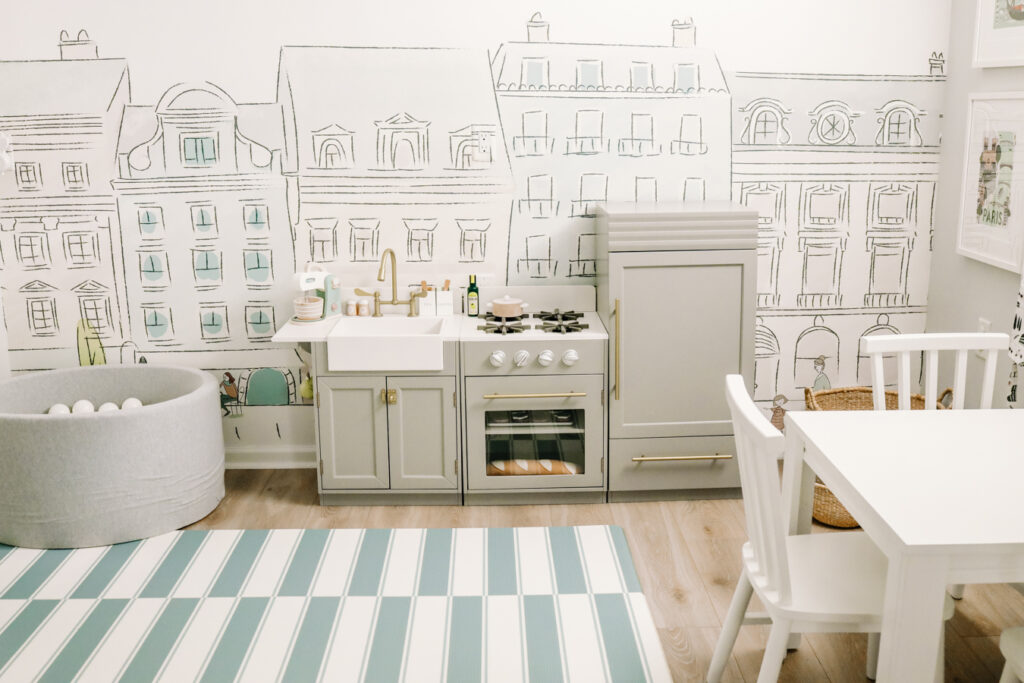Baby and Kids
5 Ways to Create an Easier Bedtime for Your Preschooler
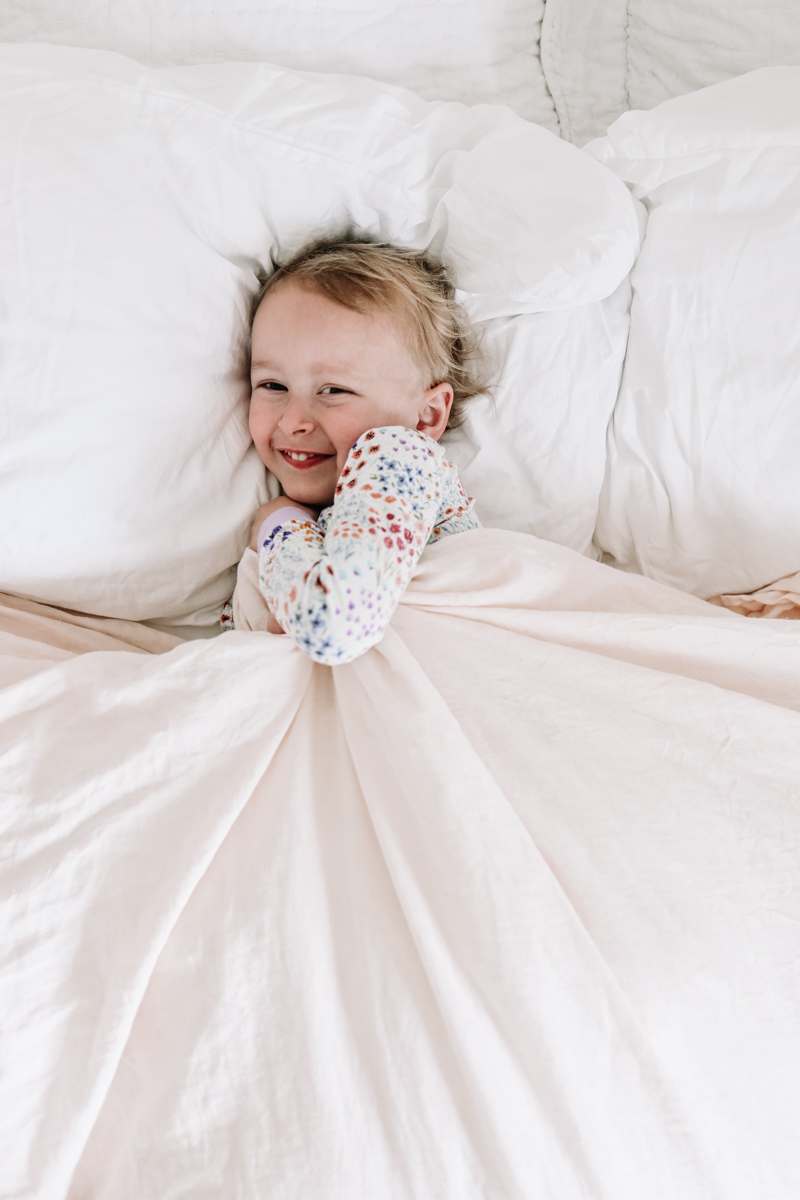
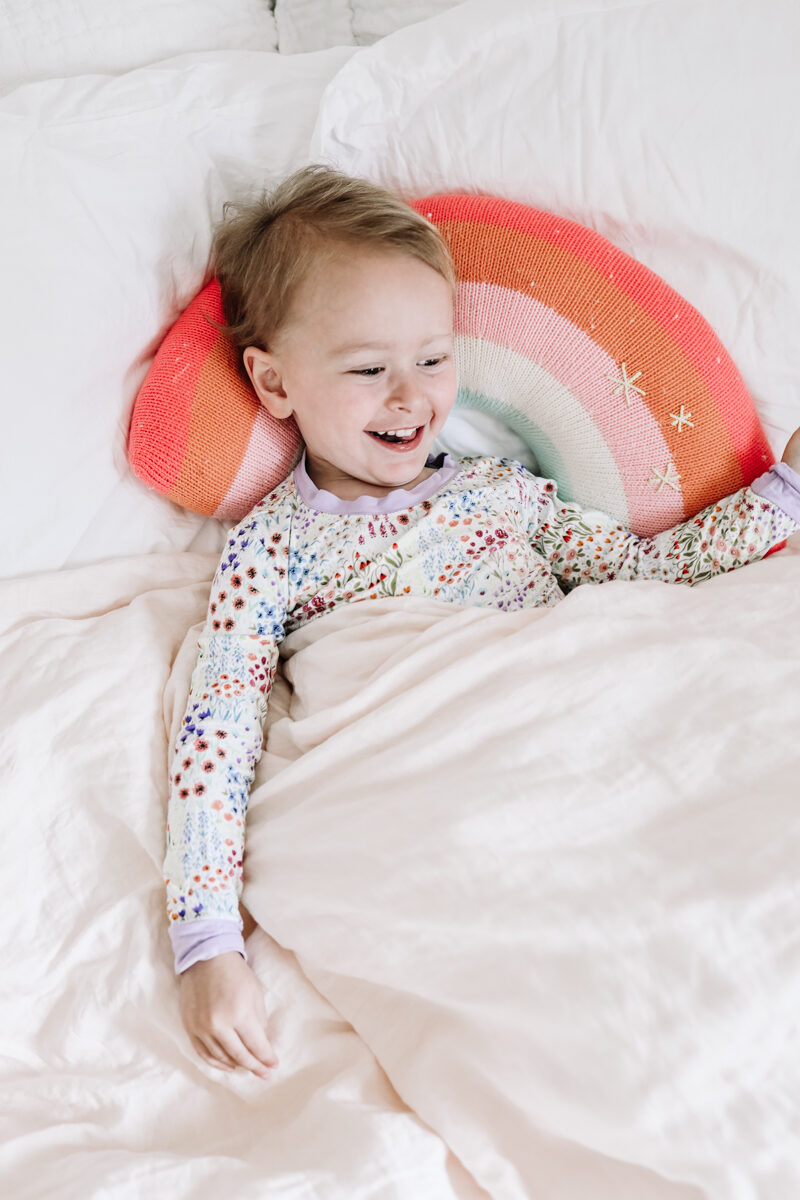
Are you met with resistance when it comes to bedtime with your preschooler? Does your child pull out all of the excuses when it comes to getting ready for sleep? As a parent, this can become exhausting, especially at a time when you know your little one is tired and wants to be sleeping. The good news is that it is possible to have a peaceful bedtime experience with your child. And it’s not too late for them to develop good sleep habits.
6 Ways to Create an Easier Bedtime for Your Preschooler
This post was written by Michele Wawerski, the certified sleep consultant behind Peaceful Littles. She provided the most wonderful sleep support with both of my girls. We tackled their sleep needs and sleep patterns, and came up with a consistent bedtime routine that helped our family tremendously. If you are struggling with not getting enough sleep, I highly recommend booking a consultation with Michele.
Sleep plays a crucial role in your little one’s growth and development. Did you know that lack of sleep can affect your preschooler’s cognitive performance and mood throughout the day? Adequate sleep will allow your child to avoid overtired symptoms, such as heightened irritability, hyperactivity or daytime fatigue. By creating a peaceful bedtime, your little one will rest more peacefully throughout the night and maintain overall health. Here are 5 ways to create an easier bedtime for young children and ensure they are getting quality sleep.
Utilize a Set Bedtime
The recommended amount of sleep for preschoolers is 11-13 hours in a 24-hour period. The majority of this is nighttime sleep. In order to improve your little’s night sleep, it is helpful to create a set clock-based bedtime. Irregular bedtimes have been shown to not only disrupt your little one’s natural body clock, but also cause behavioral difficulties.
The ideal bedtime for this age is between 6:30 – 8PM. When deciding on a bedtime within this range, you want to consider if your little one is still napping during the day and what their mood is after dinner/early evening hours. It is also helpful to pay close attention to their disposition upon waking the next morning. If he or she is becoming irritable after dinner and still seems tired upon waking in the morning, they likely need an earlier bedtime. An early bedtime will prevent your preschooler from becoming overtired. If your preschooler is still taking a one-hour nap, I recommend his or her bedtime being between 7:30-8 PM. If the nap does not occur, the most ideal bedtime is between 6:30-7:30 PM.
By implementing a set sleep time for your preschooler, you will also be aligning sleep times with their natural circadian rhythm. This will lead to a more peaceful bedtime experience for the entire family.
Use an age-appropriate bedtime routine
A bedtime routine is a predictable sequence of events leading up to bedtime. This allows a preschooler the appropriate amount of time to unwind and relax. Your child finds security in performing the same steps before bed each night. This will also allow him or her to fall asleep independently. A sample bedtime routine for a preschooler includes: bath/shower, potty, body scanning, pajamas, brush teeth, read books/tell a bedtime story, discuss the highs/lows of their day and end with a bedtime phrase.
Limited Choice
Most of the steps at bedtime are chosen by the parent, but you will find your little has more buy-in if you start to allow for limited choice. The word limited is used, because it is helpful if the options are only between two choices. Oftentimes giving your preschooler more than two choices at this time of day can be overwhelming and less productive. Here is an example: “Sweetheart, would you like to wear the blue pajamas or the polka-dot pajamas tonight?”
Confidence-building activities
As you are ending the day with your child, it is helpful to incorporate steps that will build their confidence and foster self-worth. I highly recommend reading an “All About Me” book or telling a “story” about them. An “All About Me” book is a bedtime story that focuses on the important people, places, and/or pets that make up your child’s sweet, little world. You will put a picture on each page and tell a story as you flip through the book. Allow your preschooler to add into the story and say goodnight to each person/place before flipping the page. A few great places to order a board book are: Artifact Uprising, Walgreens or Shutterfly.
Bedtime stories that are focused on your preschooler’s day allow him or her to recap events that they might have forgotten about or share feelings that otherwise might have passed without addressing. After reading/sharing a bedtime story, it is helpful to connect with your preschooler by asking them something that made their heart happy or a bit frustrated that day.
Bedtime Routine Chart
Once you have developed a bedtime routine for your little one, it is helpful to have a visual chart to review together each night. Let your preschooler decorate it and decide where they would like to hang it in their room. Revisit the bedtime routine chart together before starting their own bedtime routines each night. I have a free download available on my website for you!
Relaxation Techniques
Similar to adults, preschoolers can also benefit from relaxing their bodies before bedtime. I highly recommend using body scanning or a “3 doors” activity prior to tucking your little one in for the night. An age-appropriate body scanning activity would begin by asking your preschooler about what happens to their body when they get ready to fall asleep. For instance, “do you know what happens to our bodies when we get tired? Our eyes start to melt like ice cream cones (gently closing his/her eyes with your hands)… our ears get long like a giraffe’s neck.. (gently pulling down ear lobes).”
The goal is to help your little one progressively relax all of their muscles, all the way down to their toes. This will also be a helpful way for your preschooler to fall back asleep if he or she were to have a waking in the middle of the night.
Additionally, a 3-door activity can help your preschooler relax their mind. You would start by asking him or her to think of three places that make their heart happy. For example, they might mention their home, grandmother’s house and school. You would then walk them through the sights, sounds and smells that come to mind when they “open” the doors to each place. This is a great way for him or her to become mindful and calm their mind.
Creative Transitional Phrases
Have you noticed that you tell your toddler it is time to go upstairs and take a bath and he or she says no or that they want to keep playing? Although it is developmentally appropriate for a toddler/preschooler to test boundaries, there is a way you can avoid bedtime procrastination. I highly recommend a transitional phrase that includes limited choice for your child. For instance, “sweetheart, would you like to hop like bunnies to the bathroom or do you want a piggy-back ride?” This language allows your little one to choose how they are getting to the bathroom and avoid the back and forth conversation. You are welcome to use this whenever you are met with resistance when transitioning from one step of the routine to the next.
Provide Sturdy Leadership & Reassurance
When you are creating a consistent and peaceful bedtime for your preschooler, it is important to remember you are playing the long game. It is normal for it to take 1-2 weeks for the routine to fall into place. In the meantime, remember to utilize sturdy leadership when it is necessary. If you are met with resistance, reassure your little one that you are working on this together. Hold the boundary when it is appropriate. Although it is a child’s job to test the boundaries you set, a consistent approach will allow them to truly understand what is expected of everyone in the family.
Lastly, it is so helpful to reassure your child not only at bedtime, but throughout the day. Find opportunities to remind them that their house is safe and that mom(s) and/or dad(s) are always nearby. As you tuck them in each night, share the same bedtime phrase with each other. This repetitive phrase will be a great reminder that sleep is approaching and allow him or her to relax their body.
Screen Time & Light Exposure
It is recommended that your preschooler avoids screen time 1 hour before bedtime. Exposure to blue light or bright lights too close to bedtime can keep the brain in an active state. Use of screens close to bedtime also suppresses melatonin. This makes it more likely that your preschooler experiences sleep problems. It also prohibits them from being able to get into a deep sleep. If your little one has screen time as part of their bedtime routine, I highly recommend moving it before dinner.
If your preschooler is asking for a nightlight in their room, recommend using one with a warm, amber hue. Similar to the exposure to screens, it is helpful to avoid a blue light emitting nightlight as they are sleeping.
Are you wanting more personalized sleep support for your toddler or preschooler? As a Certified Pediatric Sleep Consultant who has helped hundreds of families like yours, I would love to help you! Click here to schedule a consultation with Michele of Peaceful Littles.

